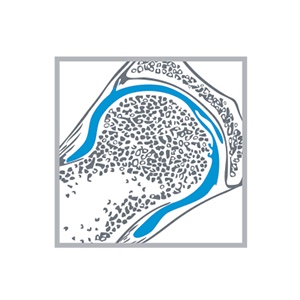
SPINAL DECOMPRESSION AND FUSION SURGERY
This information is provided for the purposes of educating the reader regarding conditions that may benefit from spinal fusion surgery. Fusion surgery in the spine refers to joining together of two or more vertebrae.
Over time the procedure itself has evolved and has become highly technical and is necessary in a number of different spinal conditions to improve the long term outcome of surgery. This has been shown in studies and therefore is a well- accepted technique.
In most fusion procedures there is a decompressive element where nerves are relieved of pressure and a fusion where nerves are protected from irritation by stabilising two or more vertebrae. The stabilisation procedure includes using implants such as screws and rods and bone grafting between and alongside of the vertebrae. This allows healing bone to bridge the mobile joints between the vertebrae and allow solid union to occur and hence protecting the nerve roots from further irritation and avoiding recurrent symptoms.
INDICATIONS FOR SPINAL FUSION SURGERY
Indications for spinal fusion surgery are several. In those patients with an unstable spine where one vertebra is moving too much on another, or where there is scoliosis of the spine which is progressive, fusion surgery is used to correct the deformity as well as stabilise the spine.
In some cases removal of spinal tumours will require a reconstructive procedure and fusion to stabilise the spine after removal of the spinal tumour.
In some fractures of the spine, fusion surgery is used to stabilise the spine and additionally in some infective conditions of the spine, surgery is indicated to stabilise the spine and assist with management of the infection.
In some instances axial neck or lower back pain can be managed with spinal fusion surgery. Most spinal fusion surgery is performed to protect the spinal cord or nerves from irritation or compression that can result in permanent damage to the nerves. In the situation where neck pain or lower back pain is being treated, the results of spinal surgery can be less predictable as the spinal structure is quite complicated and pain symptoms can emanate from multiple locations. Therefore this surgery for neck or lower back pain is in general, less predictable than spinal fusion surgery for spinal cord or nerve impingement, or spinal surgery which is used to treat an unstable spine as mentioned above.
Fusion of one vertebra to another using bone graft usually takes a number of months to achieve as healing is slow. The screws and rods help to stabilise the spine in this period. Once the fusion has occurred the screws and rods may still help share some of the load across the spine but with a solid spinal fusion there is usually no further movement.

Spine Conditions
Spine Microdiscectomy
Spine Laminectomy
Spine Anterior Cervical Decompression And Fusion
Spine Anterior Lumbar Decompression And Fusion
Spine Posterior Lumbar Decompression And Fusion
Spine Extreme Lateral Lumbar
Decompression and Fusion
Coccygectomy


